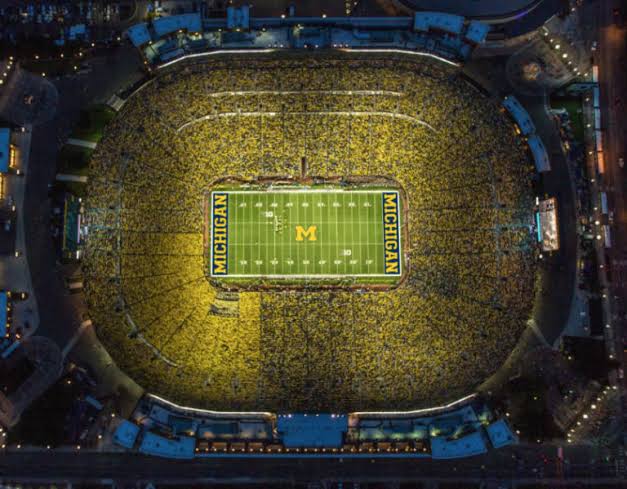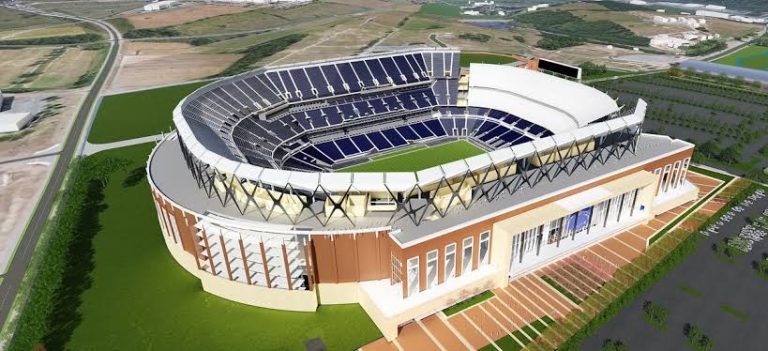
The University of Michigan has just announced an eye-popping $950 million expansion and modernization project for the iconic Michigan Stadium, affectionately known as “The Big House.” Already the largest stadium in the United States with a seating capacity of 109,901, this massive investment aims to transform the historic venue into a state-of-the-art sports and entertainment complex that will redefine the game-day experience for generations to come.
Among the first features revealed is the much-anticipated installation of stadium-wide free Wi-Fi**, addressing a long-standing request from fans. This enhancement will ensure that every guest—whether seated in the upper deck or the student section—can stay connected, stream content, share their experiences in real time on social media, and access in-game stats, replays, and mobile concessions. It’s a vital step toward aligning the in-stadium experience with the digital expectations of today’s fans.
University officials emphasize that this is more than just a tech upgrade; it’s a comprehensive reimagining of Michigan Stadium’s infrastructure, accessibility, and amenities. Key elements of the expansion project include:
Revamped concourses to reduce congestion and improve fan flow throughout the stadium.
Modernized restrooms and concession areas with increased capacity, updated technology for quicker service, and a greater variety of food and beverage offerings.
New premium seating options, including luxury suites and club-level seating designed to offer high-end game-day experiences.
Improved ADA accessibility ensuring that Michigan Stadium is welcoming and inclusive for all fans.
Sustainability upgrades, including solar panel installations and improved energy efficiency systems, underscoring the university’s commitment to environmental responsibility.
Athletic Director Warde Manuel expressed excitement over the project’s potential impact: “Michigan Stadium is a place of tradition, but also one of progress. This renovation will honor our history while preparing us for the future. We’re not just enhancing a football stadium—we’re investing in a world-class experience for our student-athletes, fans, alumni, and the entire Ann Arbor community.”
Construction is set to begin in 2026, with the full project expected to be completed in phases over the next five to seven years. Importantly, the university has confirmed that **game day operations will not be disrupted**, and home games will continue to be played at Michigan Stadium during the renovation period.
Funding for the project will come from a combination of private donations, university resources, and long-term revenue projections tied to the improved stadium facilities. No student tuition dollars or taxpayer funds will be used, according to university officials.
With this modernization effort, the University of Michigan is not just keeping pace with peer institutions—it’s setting a new standard. In an era where stadium experiences must compete with high-definition broadcasts and home entertainment systems, this investment affirms the school’s commitment to maintaining Michigan Stadium as a premier destination for college football and beyond.
In true Wolverine fashion, “The Big House” is getting even bigger—both in stature and in vision. The future is bold, connected, and unmist
akably Maize and Blue.







